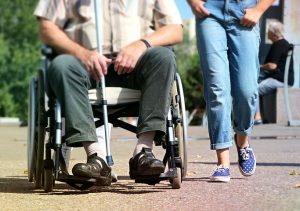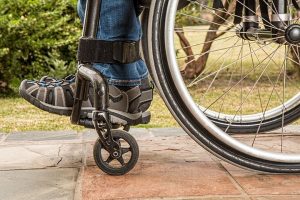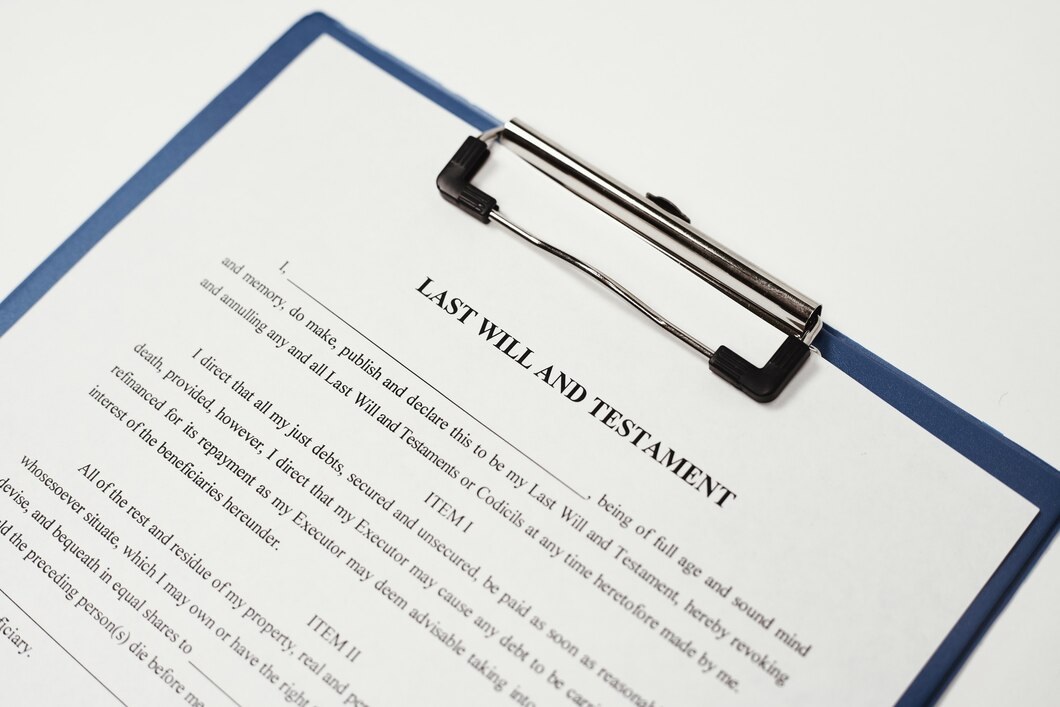For people living with a physical or mental impairment in Australia, finding a suitable disability housing is a great struggle. More than 4 million Australians (18.6% of females and 18.0% of males) live with a physical or mental condition – that’s 1 in 5 people with conditions such as blindness, deafness, paraplegia, depression and anxiety. Many of these people are in need of appropriate disability housing, and some of their needs are not being met. With the closing down of large residential centres across Australia as a result of the new NDIS changes, the demand for disability housing is growing.
A person’s residential needs may vary depending on the type of physical or mental condition they have. There are several options for people who require disability housing, so it is important to take the time to research and consider the most suitable service.

Here is a list of some of the disability housing opportunities available:
SDA
The NDIS has rolled out SDA funding for people with very high needs. The program is aimed only for people who require a specialist disability housing solution. It grants eligible people the freedom and funding to choose their own living arrangements, whether it’s a purpose built apartment or modified detached home. However, the program is in high demand with many people still waiting or ineligible to receive funding.
Home modifications
For those who require disability housing, modifications to an existing home may be required. The State Government may offer funding for people who require financial assistance in modifying their home. There are different home modification requirements depending on the physical or mental condition. Some examples of modifications include: the provision of additional bedrooms for a live-in carer, or for storing medical equipment; and the installation of ramps, grab and/or hand rails. An occupational therapist may be able to assess your home to determine what modifications are required.
Relocation
For people seeking disability housing through the government-provided public housing system, it may not always be viable to modify the property. Relocation to a suitable property may be necessary instead to provide the right fit for the individual.
Group Homes/Community Homes
Group homes, also called community homes, offer a homely environment with skilled staff available to provide day and night support and health and safety assistance to residents. They are nestled within suburbs to ensure that residents feel part of their local community. Group homes are an excellent form of disability housing as they offer the opportunity to socialise, make friends and receive support with day-to-day activities such as getting dressed, eating and bathing. Many people who have previously lived in large residential centres have reported higher levels of satisfaction after relocating to a group home.

Drop-in Support
For people with a physical or mental condition living independently, drop-in support services are available for up to 35 hours a week. People who are eligible can receive age and culturally relevant degrees of assistance in their daily activities. Drop-in support is also helpful for fostering social connection and improving health and wellbeing. Usually this is provided as part of a tailored support package to the individual.
Conclusion
There are a multitude of options available to those who require disability housing, such as drop-in support, group homes, home modifications, relocation and the SDA. It is often just a matter of finding the most appropriate form for the individual. Financial assistance should also be available through the government, particularly via the NDIS scheme. Additionally, the demand for high quality disability housing offers an opportunity for multiple stakeholders, including developers, investors and banks, to meet this need.



